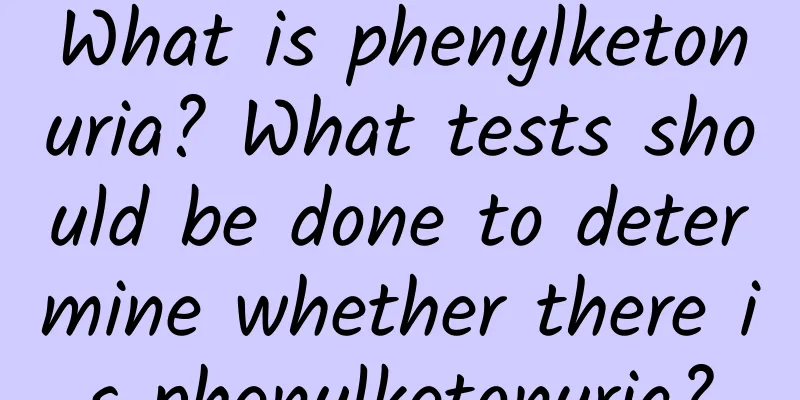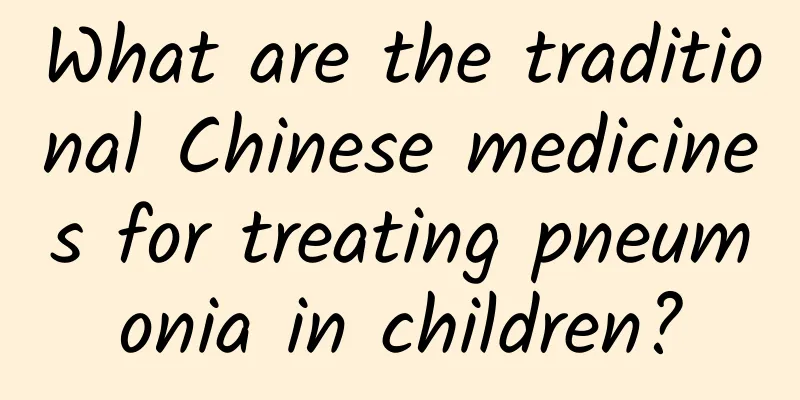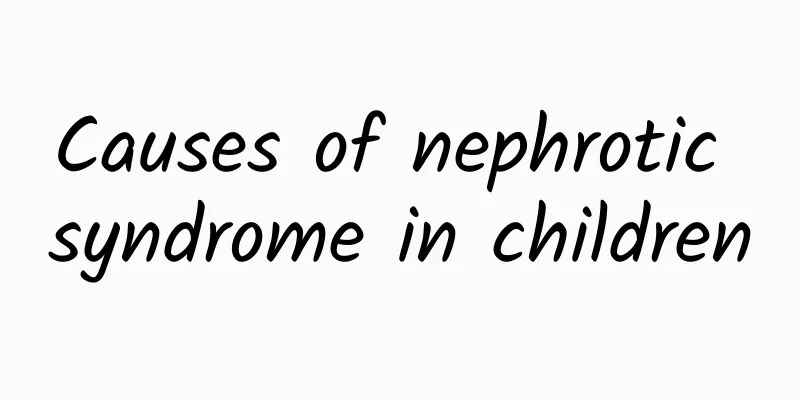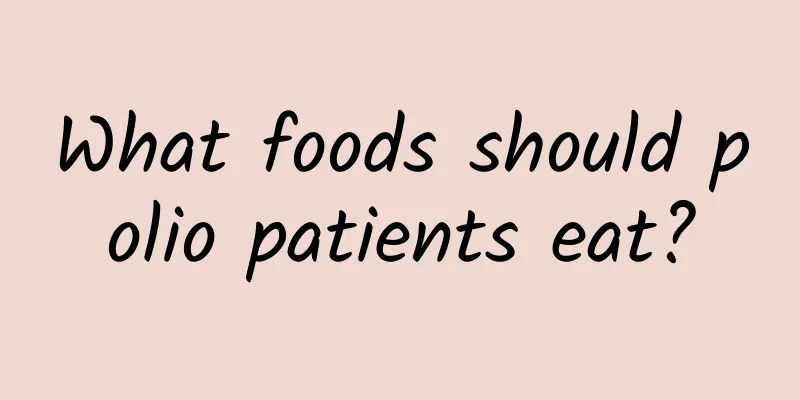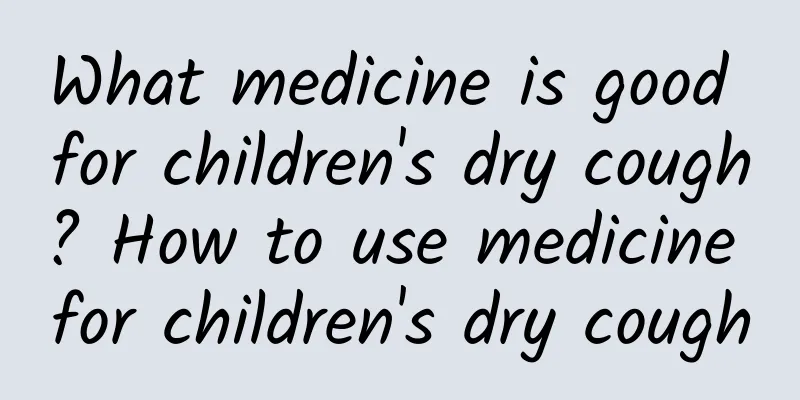What are the early symptoms of hand, foot and mouth disease? What are the main sources of infection of hand, foot and mouth disease?
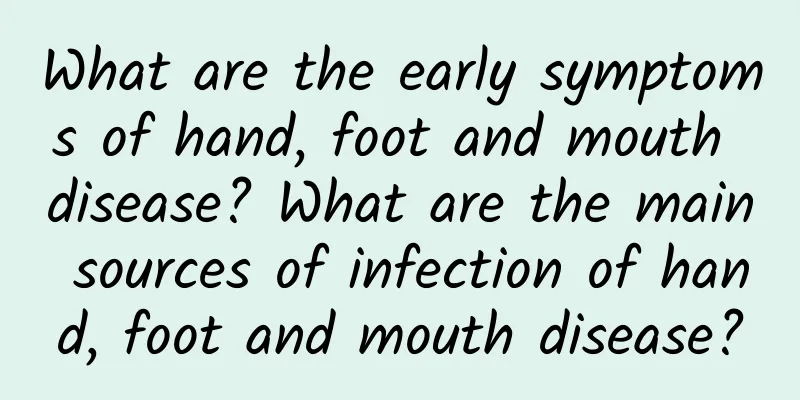
|
Hand, foot and mouth disease is an infectious disease in children, also known as exanthematous vesicular stomatitis. It is an infectious disease caused by enterovirus and mostly occurs in children under 5 years old. Symptoms include mouth pain, anorexia, low fever, small blisters or ulcers on the hands, feet, mouth and other parts. Most children recover on their own in about a week, while a few children may develop complications such as myocarditis, pulmonary edema, and aseptic meningoencephalitis. Some severely ill children develop rapidly and die. There are more than 20 types of enterovirus that cause hand, foot and mouth disease, among which Coxsackievirus A16 (CoxA16) and enterovirus 71 (EV71) are the most common. Currently, there is a lack of effective treatment drugs and the main treatment is symptomatic. The disease was first reported in New Zealand in 1957, and the name of hand, foot and mouth disease was proposed in 1959. In 2008, the Ministry of Health of China issued the "Guidelines for the Prevention and Control of Hand, Foot and Mouth Disease", which included hand, foot and mouth disease in the management of Class C infectious diseases. Hand, foot and mouth disease mainly occurs in children around 3 years old. The incubation period is usually 2 to 10 days, with an average of 3 to 5 days. 1. Common symptoms Most children develop the disease suddenly and have a fever. They often show discomfort such as irritability, crying, drooling, and not eating. Scattered herpes or ulcers appear on the oral mucosa. Maculopapular rashes appear on the hands, feet, buttocks, arms, and legs, and then turn into herpes. There may be an inflammatory red halo around the herpes, with less fluid in the blisters. After the blisters subside, no traces are left and there is no pigmentation. Some cases only present with rash or herpetic pharyngitis. Most cases recover within a week with a good prognosis. Some cases present with atypical rash, such as a single site or only maculopapular rash. 2. Symptoms of severe cases A small number of children have rapidly progressive disease, and may develop meningitis, encephalitis, encephalomyelitis, pulmonary edema, circulatory disorders, etc. In very rare cases, the condition is critical and can lead to death, and survivors may have sequelae. (1) Circulatory system manifestations of concurrent myocarditis: pale complexion, increased or decreased heart rate, shallow or weakened pulse or even absent pulse, increased or decreased blood pressure, cold limbs, cyanosis of fingers (toes), cold sweat, and prolonged capillary refill time. (2) Respiratory system manifestations complicated by pulmonary edema: shallow breathing, difficulty breathing or rhythm changes, cyanosis of the lips, cough, coughing up white, pink or bloody foamy sputum; moist rales or sputum sounds can be heard in the lungs (3) Neurological manifestations: Symptoms of concurrent central nervous system diseases include poor mental state, drowsiness, susceptibility to fright, headache, vomiting, delirium, or even coma; limb tremors, myoclonus, nystagmus, ataxia, ocular motility disorders; weakness or acute flaccid paralysis; convulsions. Physical examination may reveal signs of meningeal irritation, weakened or absent tendon reflexes, and a positive Babinski sign. The virus is transmitted through the digestive tract, and the infected part is the entire digestive tract including the pharynx. There are many enteroviruses that can cause hand, foot and mouth disease. The most common are Coxsackievirus A16 and enterovirus 71. The infection routes include the digestive tract, respiratory tract and contact transmission. 1. Make good epidemic reports, identify patients in a timely manner, and take active preventive measures to prevent the spread of the disease. 2. Contaminated daily necessities, tableware, etc. should be disinfected. The feces and other excrement of the sick child can be soaked in 3% clarified bleach solution. Clothes, bedding, toys, towels, etc. should be exposed to the sun and the room should be kept ventilated. 3. When infectious diseases are prevalent, environmental hygiene, food hygiene and personal hygiene should be maintained. Wash hands before and after meals to prevent diseases from entering the body through the mouth. Do not let children drink raw water or eat raw or cold food, and avoid contact with sick children. 4. During the epidemic period, it is not advisable to take children to public places where crowds gather and air circulation is poor to reduce the chance of infection. Attention should also be paid to children's nutrition and rest, avoiding exposure to sunlight, preventing excessive fatigue and reducing the body's resistance. 5. Traditional Chinese medicine has a cooling and detoxifying effect. For example, Radix Isatidis, Folium Isatidis, Flos Lonicerae, and Rhizoma Cynomorii have certain effects and can be decocted in water for prevention. 1. Western Medicine 1. The treatment principle is mainly symptomatic treatment: (1) Oral administration of B vitamins, such as vitamin B1, vitamin B2, and vitamin C; (2) Those who have difficulty eating due to vomiting should be given intravenous fluids. When oral erosion makes it difficult to eat, easily digestible liquid food can be given and the mouth can be rinsed after meals. (3) For oral ulcers, apply Qingmei powder, chlortetracycline cod liver oil or tin powder externally. If the pain is severe, apply lidocaine or benzocaine with borax and glycerin to promote the early healing of the erosion surface. Keep the area clean to avoid secondary bacterial infection. (4) For skin herpes with secondary infection, apply 1% gentian violet; (5) Take antiviral drugs, such as ribavirin, virolin, etc. If accompanied by fever, some traditional Chinese medicine for clearing away heat and detoxification can be used. 2. Severe cases of hand, foot and mouth disease may be combined with myocarditis, encephalitis, meningitis and other diseases, and appropriate symptomatic treatment should be carried out in a timely manner. Treatment of nervous system involvement: (1) Control intracranial hypertension, limit the amount of intake, and give intravenous drip of mannitol. Adjust the dosing interval and dosage according to the condition. (2) Intravenous immunoglobulin. (3) Glucocorticoids can be used for treatment as appropriate. (4) Other symptomatic treatments: cooling down, calming, and stopping shock. Treatment of respiratory and circulatory system failure: (1) Keep the airway open and breathe oxygen. (2) Ensure that both intravenous channels are unobstructed and check respiration, heart rate, blood pressure and blood oxygen saturation. (3) When respiratory dysfunction occurs, timely endotracheal intubation and positive pressure mechanical ventilation should be performed. (4) Depending on the changes in blood pressure and circulation, you can choose to use drugs such as milrinone, dopamine, dobutamine, and use diuretics as appropriate. (5) Protect the functions of important organs and maintain the stability of the internal environment. (6) To inhibit gastric acid secretion, you can use cimetidine, omeprazole, etc. (7) Monitor blood sugar changes and use insulin in case of severe hyperglycemia. (8) If bacterial infections in the lungs or other parts of the body continue to occur, effective antibiotics are required. 2. Traditional Chinese Medicine 1. Shuanghua Anti-Toxic Drink Prescription: Honeysuckle 10g, wild chrysanthemum 10g, fleabane 15g, poria 10g, licorice 3g. Preparation method: Add 300ml of water to the above medicine, soak for 30 minutes, boil over high heat, then boil over low heat for 15 minutes to make 150ml of liquid medicine. Take 1 dose per day, divided into 2 to 3 doses, for 7 to 10 consecutive days. Infants under 3 years old can take a reduced dose. 2. For patients with low fever or no fever, runny nose and cough, red and painful throat, or poor appetite and nausea during the acute phase, you can use Yinqiao Powder with modifications. 3. If high fever persists and herpes is densely distributed in the mouth, hands, feet, buttocks, and limbs, you can use Qingwen Baidu Decoction with modifications. For complications such as persistent high fever, frequent cough and shortness of breath, you can use Jijiaolihuang Pills combined with Shenfu Decoction with modifications. 4. To treat mouth pain and swollen gums: you can use 10 grams of Isatis root, 6 grams each of Scutellaria baicalensis and White Moss peel, 3 grams of Double Flower, 2 grams each of Bamboo Leaf and Mint, decoct them in water and gargle. 5. During the recovery period, the fever subsides or is mild. Herpes gradually subsides, the appetite is poor, and the remaining evil is not completely eliminated. The treatment should be to regulate the spleen and promote digestion, and to clear and transform. External prescription: 15 grams each of malt sprouts and coix seeds, 6 grams of cicada shells, 9 grams each of Uncaria rhynchophylla and light bamboo leaves, and 5 grams of licorice. 1 dose per day, decocted in water and taken twice. For children with dry mouth and sore throat, the Adenophora ophiopogonis decoction can be used with modifications to nourish yin, promote fluid production, clear heat and moisten the throat. Chinese patent medicine 1. Yupingfeng oral liquid combined with Isatis root granules. 2. To treat herpes in the oropharynx, you can use watermelon frost, ice pen powder, and tin powder to apply to the affected part of the mouth. Stomatitis spray is most effective for tonsillitis; it is particularly effective for pediatric stomatitis; it has a certain expectorant and cough-relieving effect; the atomized dosage form is easy to absorb. 3. For patients with severe herpes on hands and feet, you can use Ruyi Jinhuang Powder or Qingdai Powder, choose one of them, mix with sesame oil, and apply it to the herpes affected area. Suitable diet 1. At the beginning of the disease, the patient has mouth pain and loss of appetite. Mainly eat liquid foods such as milk, soy milk, rice soup, egg drop soup, etc. Eat small meals frequently to maintain basic nutritional needs. 2. During the remission period (fever subsides, mouth aches are relieved), the diet mainly consists of mushy foods, such as milk and banana paste, noodles boiled in water, porridge, steamed buns, rice, vegetables, etc. 3. During the recovery period, eat small and frequent meals with high nutrition, such as eggs, minced tofu, minced mushrooms, etc. Not suitable for eating 1. Avoid eating cold, spicy, sour, salty and other irritating foods. 2. The temperature of food should not be too high. Eating overheated food can stimulate the ulcer and cause pain, which is not conducive to the healing of the lesion. 3. During the treatment, you should be careful not to eat fish, shrimp, and crab. |
>>: What are the symptoms of mumps? What medicine can cure mumps quickly?
Recommend
What are the characteristics of tracheitis in children
Nowadays, many people suffer from bronchitis, not...
What is the reason for the phlegm in the baby's nose and throat? Is the phlegm in the baby's nose and throat a sign of developmental retardation?
Phlegm in the baby's nose and throat is mostl...
Best treatment for eczema in a 4-year-old child
There are many factors that cause pediatric eczem...
Causes of neonatal jaundice
The main causes of neonatal jaundice include phys...
What is the normal value of jaundice index?
Generally speaking, the normal reference value of...
What foods should adults with hand, foot and mouth disease eat
Hand, foot and mouth disease in adults can be rel...
Mumps, oral surgery, internal medicine
Mumps, oral surgery, internal medicine 1. If the ...
Is medication suitable for treating ADHD in children?
Whether medication is appropriate for treating AD...
Why does a child keep coughing when sleeping?
If a child keeps coughing while sleeping, it is l...
What medicine is better for children with cough? How to use medicine for children with cough
Children have relatively weak resistance and are ...
What are the clinical manifestations of influenza? What should we do if we have influenza?
1. Typical Flu Symptoms of systemic poisoning suc...
Daily care for acute laryngitis in children
Acute laryngitis in children is one of the common...
How to treat a five-month-old baby's cough and runny nose? What should I do if my five-month-old baby has a cough and runny nose?
A five-month-old baby with a cough and runny nose...
How to prevent influenza in autumn? What are the methods to prevent allergic rhinitis in autumn?
How to prevent influenza in autumn? 1. Wash your ...
What is the routine diagnostic sequence for Kawasaki disease?
Many Kawasaki disease patients have suffered grea...

